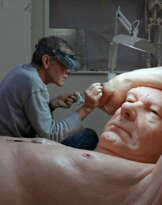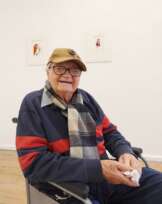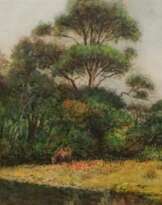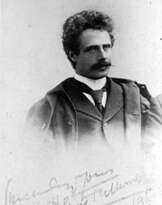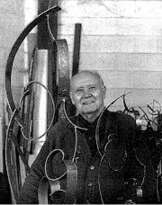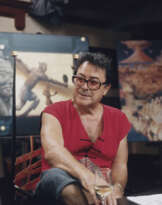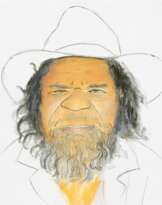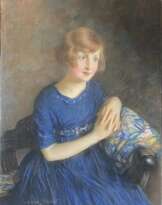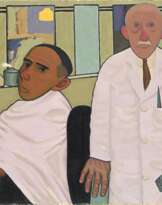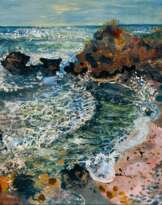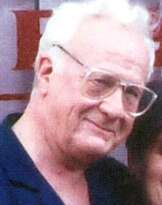David Fielding Gough Boyd (1924 - 2011)

David Fielding Gough Boyd
David Fielding Gough Boyd was an Australian artist, and a member of the Boyd artistic dynasty.
In 1946, he worked with his brother Guy at the Martin Boyd Pottery in Sydney. He also established a pottery studio in London in the early 1950s and continued working mainly in pottery through to the mid-1960s. In 1956, Boyd and his wife became widely known as leading Australian potters. They introduced new glazing techniques and potter's wheel use in shaping sculptural figures.
Boyd's painting career began in 1957 with a series of symbolic paintings on Australian explorers that aroused much controversy at the time, focusing as they did on the tragic history of the Aboriginal Tasmanians. In 1958 he exhibited a series of paintings based on the histological episodes in the explorations of Burke and wills and Bass and Flinders.[3] He joined the Antipodeans Group in the 1950s. Boyd discovered a technique in 1966 that he named Sfumato, after da Vinci's usage of the word to describe graduations of smoky tones in painting. Boyd's method achieved this effect through a new technique involving candle flame.
| Date and place of birt: | 23 august 1924, Melbourne, Australia |
|---|---|
| Date and place of death: | 10 november 2011, Sydney, Australia |
| Nationality: | Australia |
| Period of activity: | XX, XXI century |
| Specialization: | Artist, Ceramist, Genre painter, Landscape painter, Painter, Portraitist, Sculptor |
| Art school / group: | Antipodeans |
| Genre: | Genre art, Landscape painting, Portrait |
| Technique: | Mixed media, Oil, Oil on canvas |
| Medium: | Ceramic |
